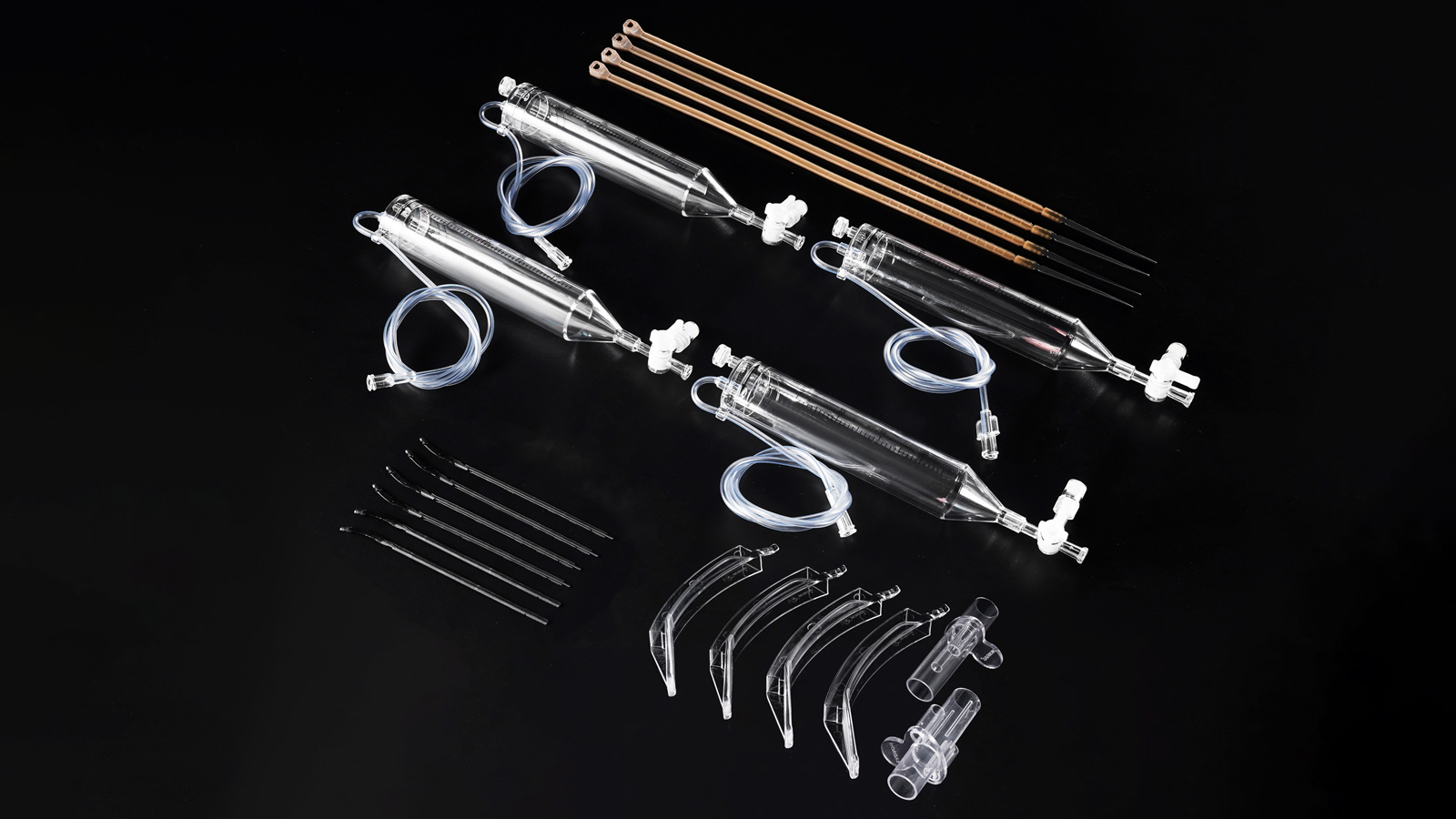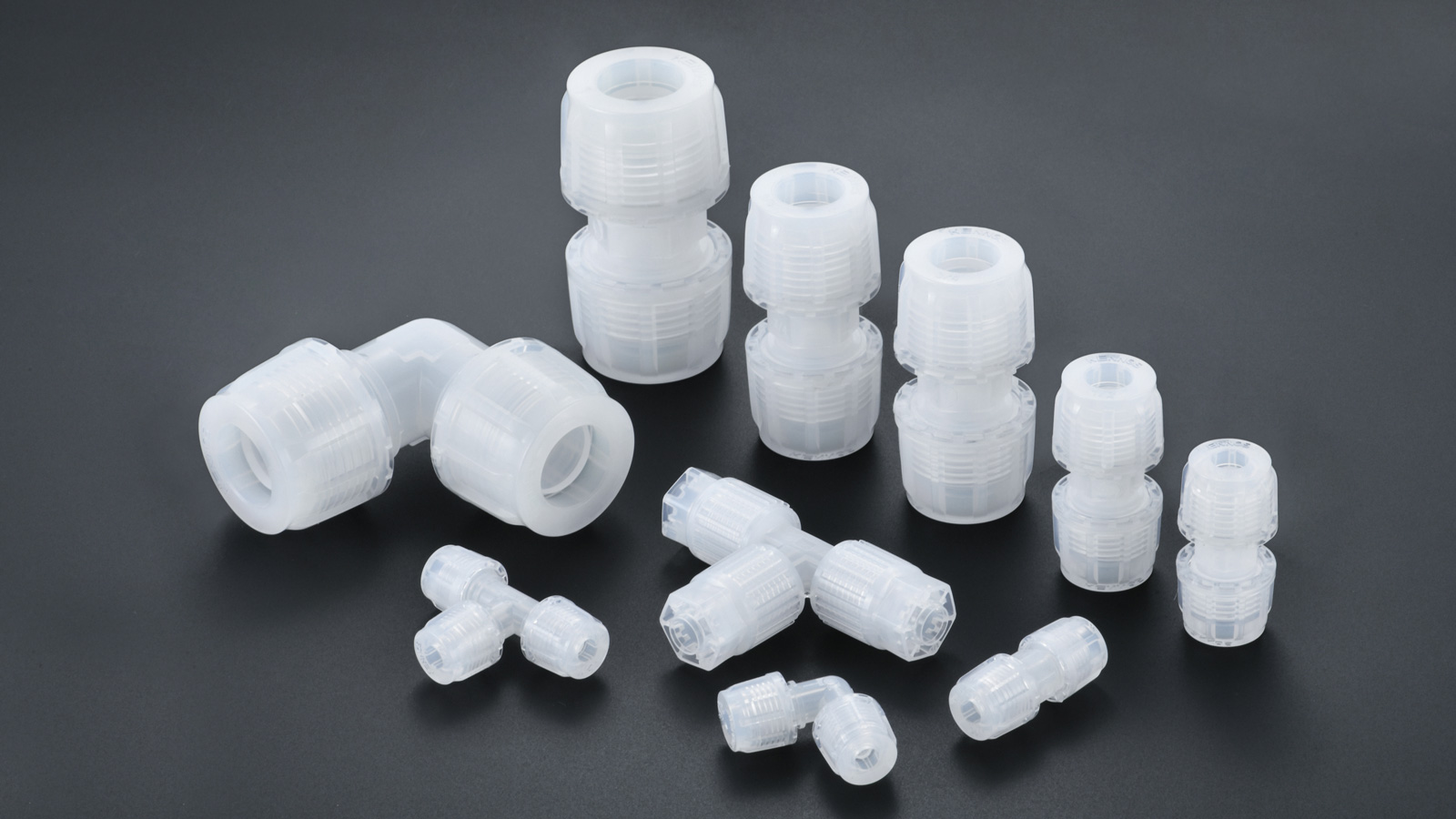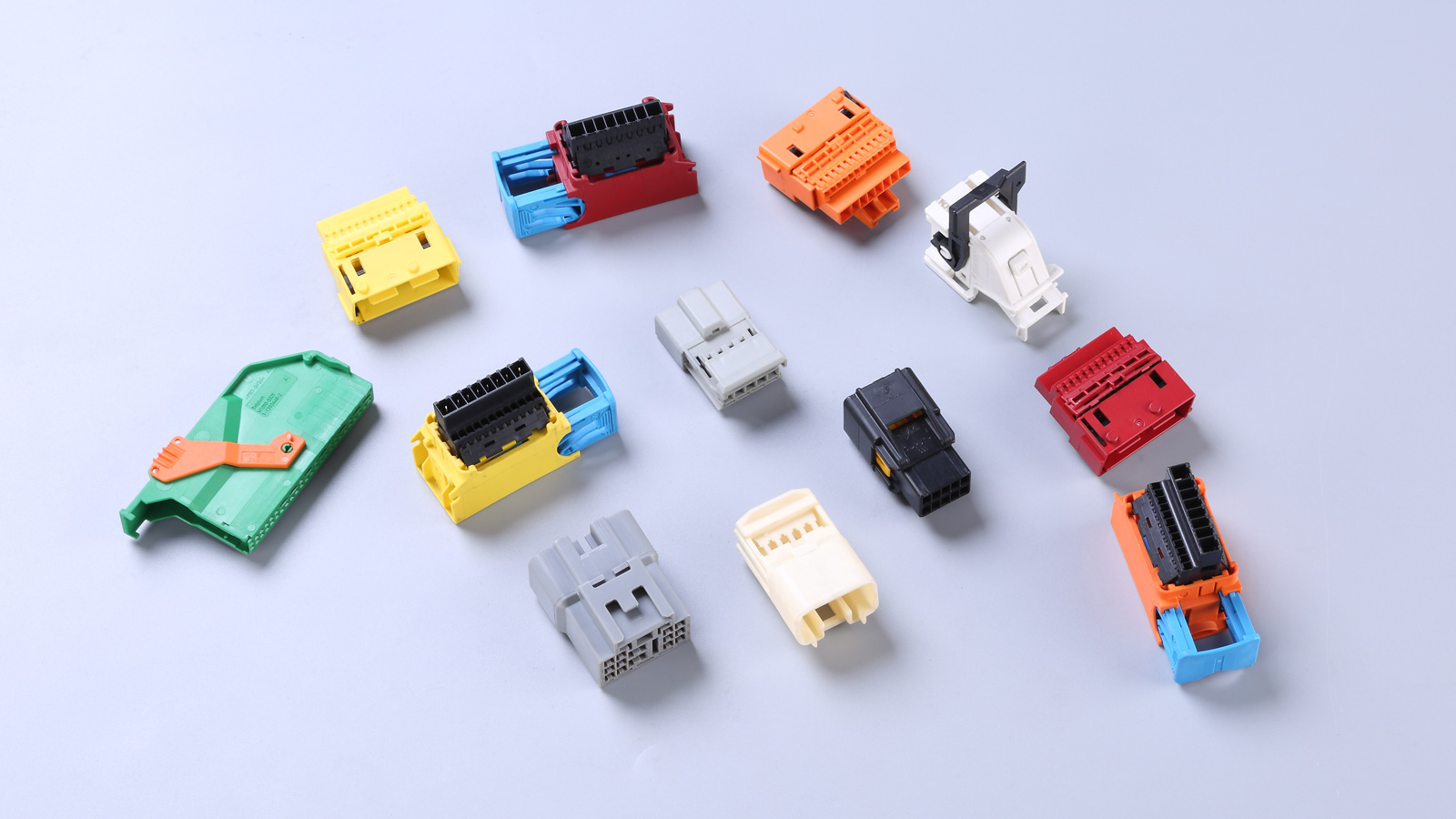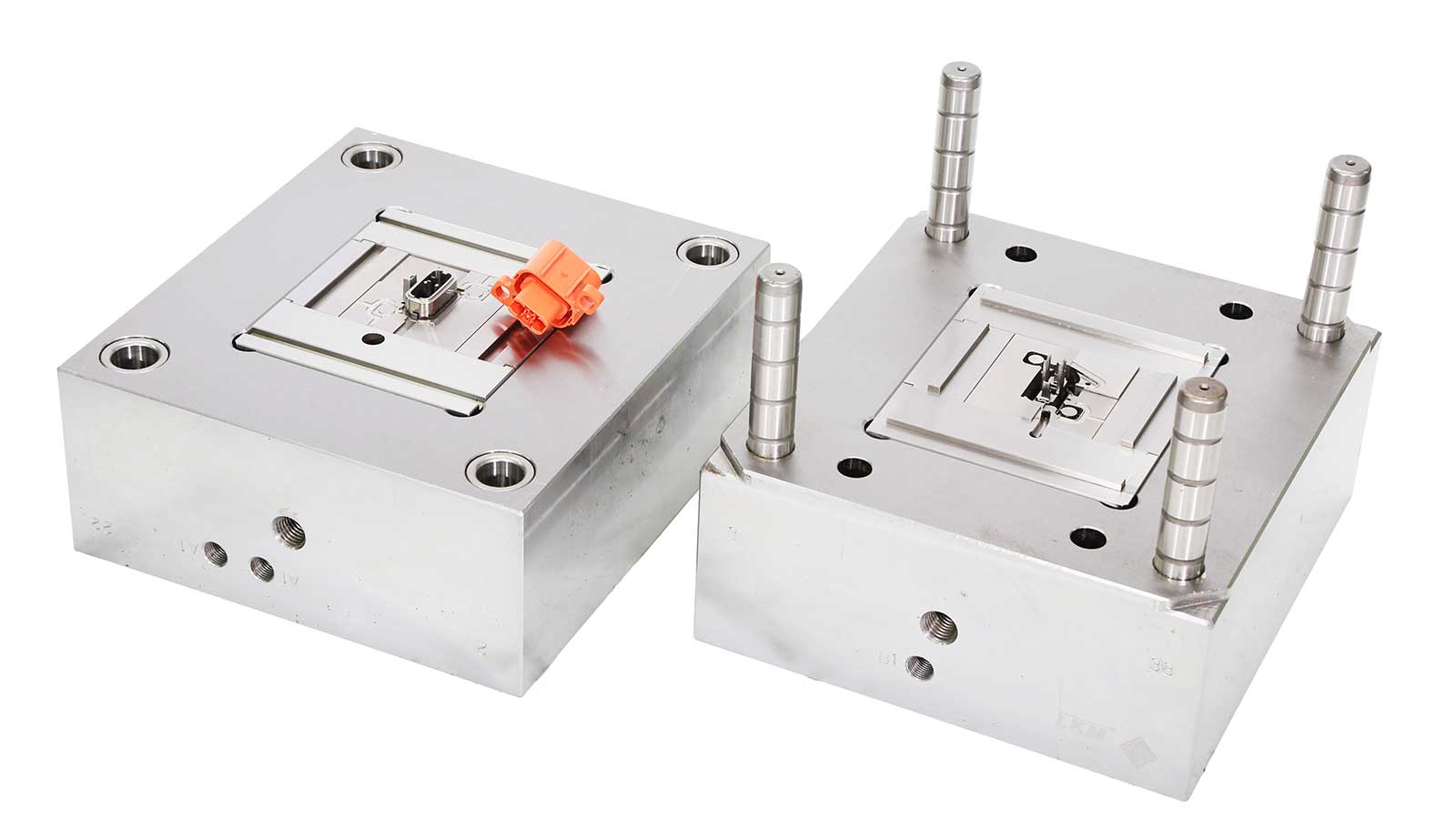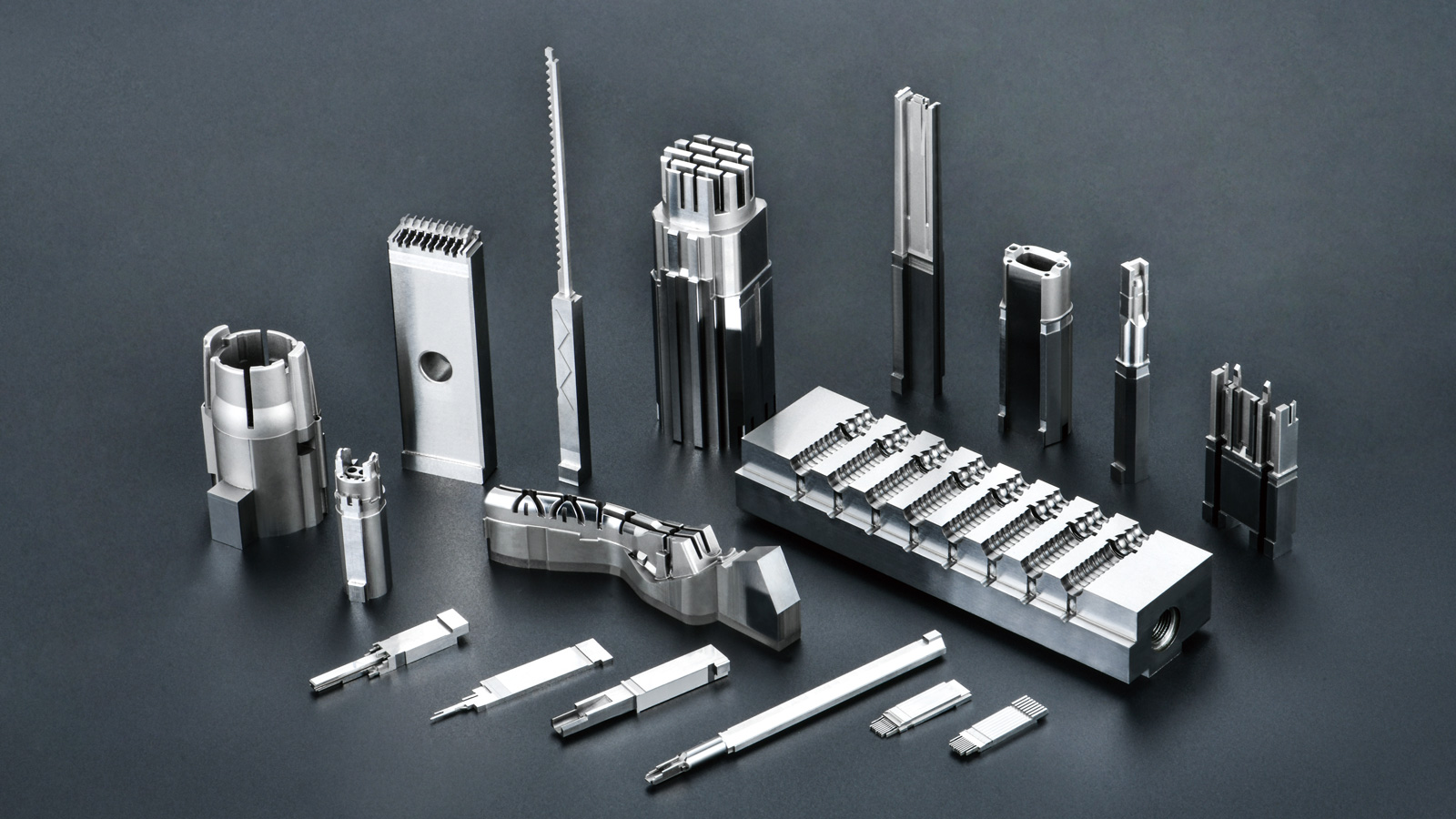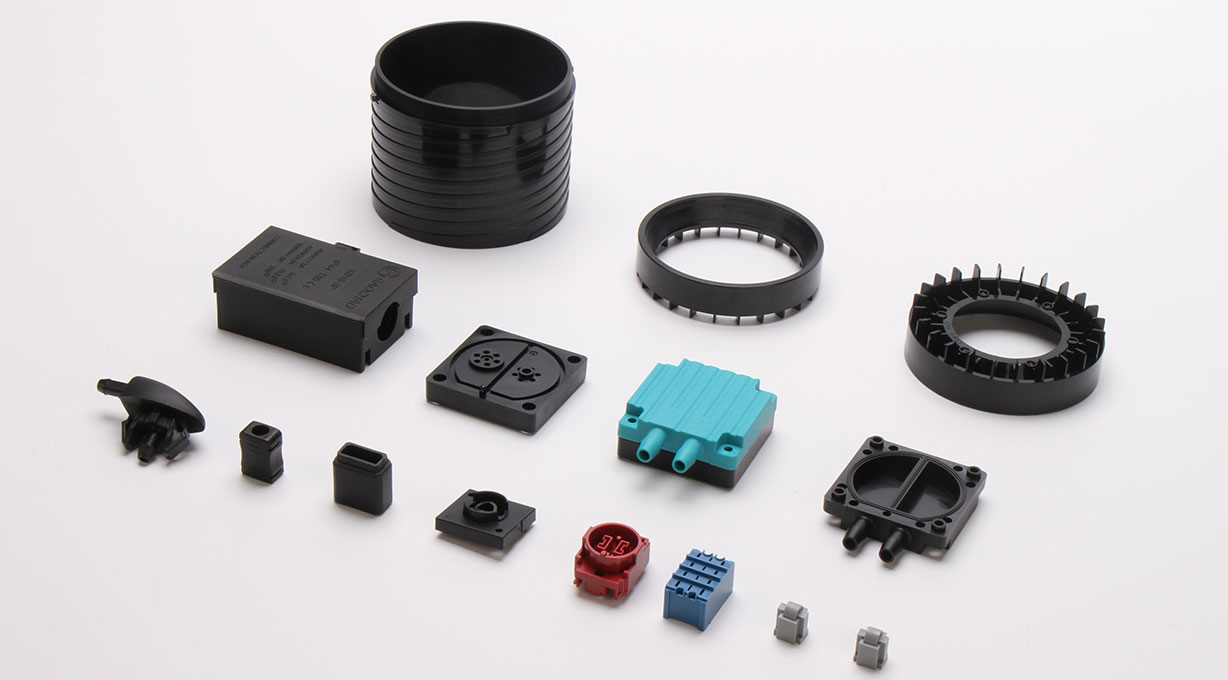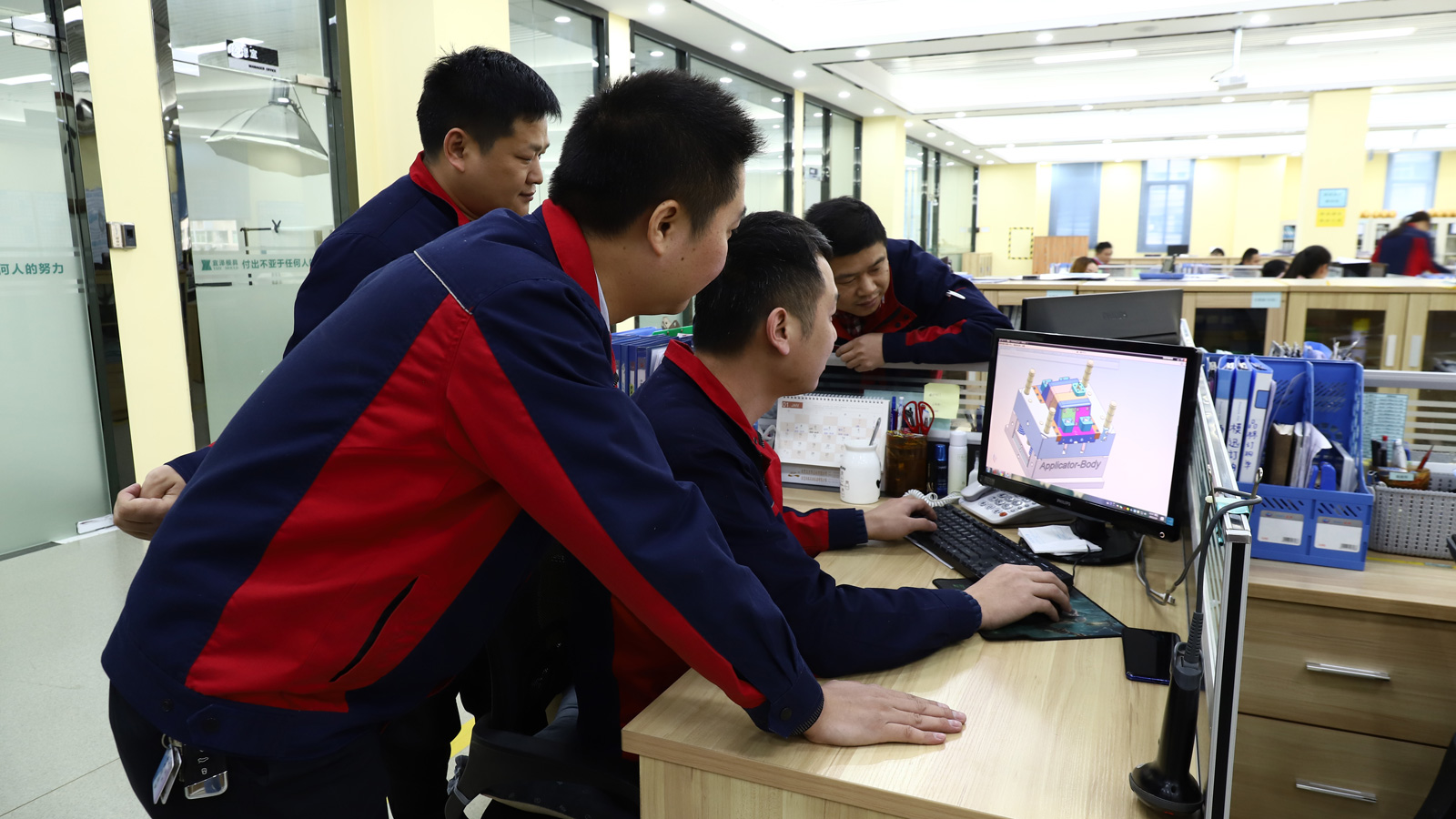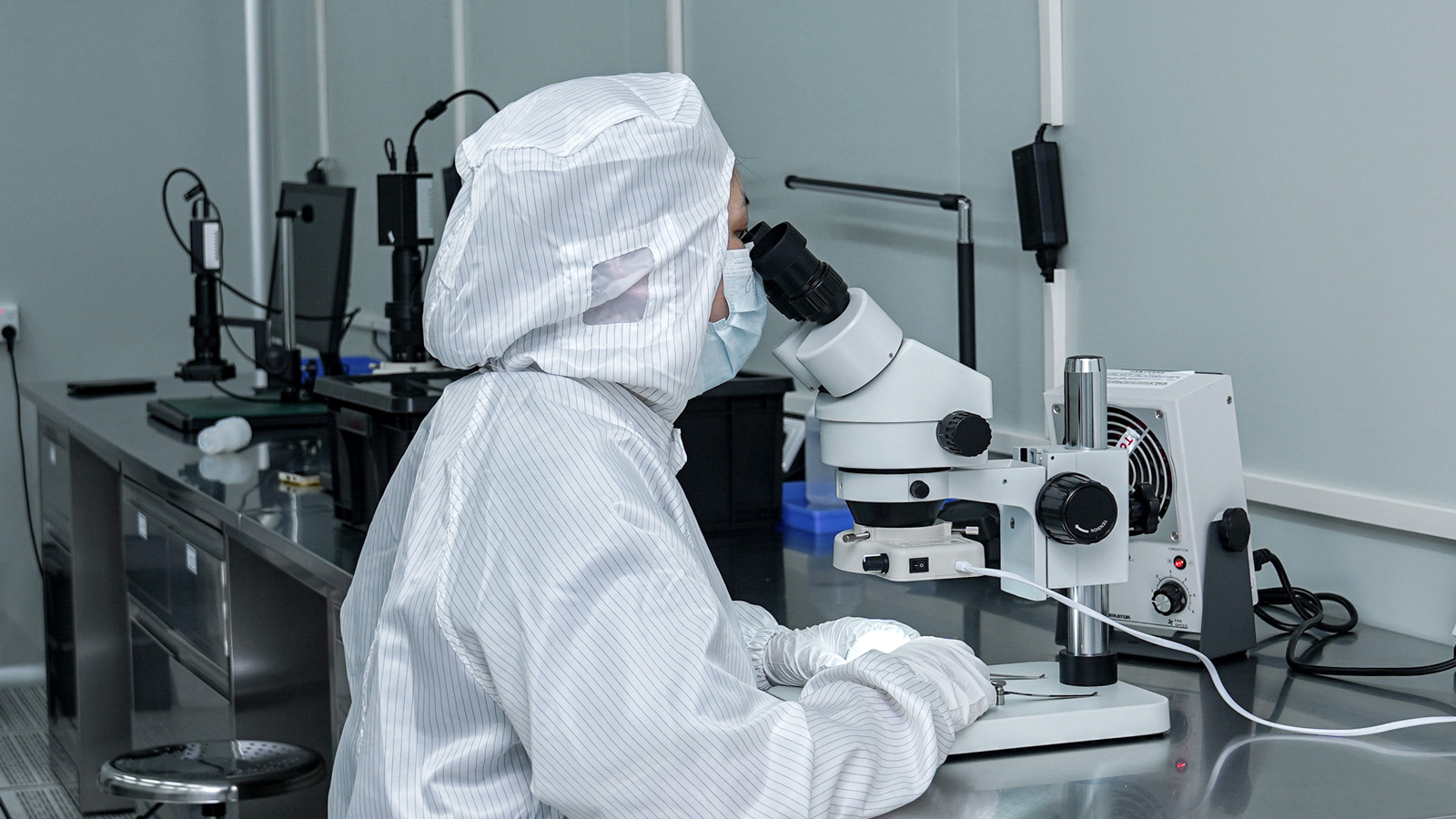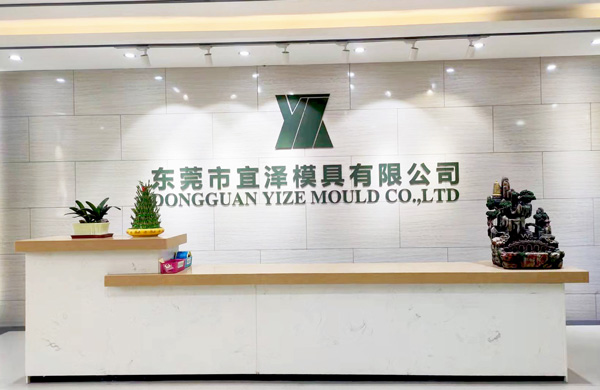In plastic injection molding, temperature control is the cornerstone of part quality. Temperature fluctuations or improper parameter settings can easily trigger common defects such as warping, sink marks, and jetting, severely impacting production efficiency and product yield. Below, Dongguan Yize Mold combines industry expertise to systematically analyze the root causes of temperature-related defects and propose targeted solutions:
1. Warping: Morphological Distortion from Uneven Cooling
Phenomenon: Parts deform during cooling, resulting in folding, bending, or twisting due to internal stress imbalance.
Causes:
- Mold temperature gradient abnormalities: Excessive temperature differences between core and cavity surfaces, or localized temperature deficiencies, cause uneven plastic shrinkage rates.
- Cooling circuit design flaws: Poorly arranged water channels fail to achieve uniform cooling, creating thermal stress concentration zones.
Solutions: - Dynamic temperature control strategy: Set mold temperature within ±5°C of the material’s glass transition temperature (Tg) based on resin supplier recommendations. For example, PA66+GF30 requires 80–90°C mold temperature to balance crystallinity and shrinkage.
- Conformal cooling optimization: Implement 3D-printed or CNC-machined cooling channels that closely follow cavity contours, improving cooling efficiency by over 40%.
- Gradient packing pressure control: Apply high pressure (80–90% injection pressure) during initial packing to prevent melt backflow, then gradually reduce to 30–40% to release residual stress.
2. Sink Marks: Surface Defects from Cooling Rate Imbalance
Phenomenon: Depressions or wavy patterns form on part surfaces due to localized excessive shrinkage, typically in thick-wall sections or rib roots.
Causes:
- Insufficient cooling time: Thick sections cool 3–5 times slower than thin areas, creating shrinkage rate disparities.
- Packing defects: Inadequate pressure or duration fails to compensate for material contraction.
Solutions: - Wall thickness optimization: Design gradual transitions with thickness differences ≤25%. For rib structures, maintain a 1:3 thickness ratio (e.g., 0.6–0.7mm ribs for 2mm part walls).
- Multi-stage packing process:
- High-pressure phase (0–2s): 90% injection pressure for rapid filling;
- Medium-pressure phase (2–5s): 60% pressure for shrinkage compensation;
- Low-pressure phase (5–10s): 30% pressure for stress relief.
- Precision mold temperature adjustment: Raise mold temperature (60–80°C) for crystalline plastics (e.g., PP, PE) to slow cooling and reduce shrinkage stress; lower it (40–60°C) for amorphous plastics (e.g., PC, ABS) to accelerate solidification.
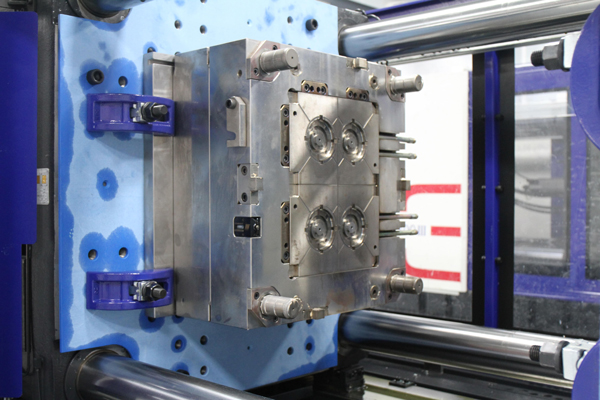
3. Jetting: Flow Defects from Melt Viscosity Mismanagement
Phenomenon: Molten plastic enters the cavity in a “snake-like” jet, creating wavy surface patterns or flow lines upon solidification.
Causes:
- Excessively low melt temperature: High viscosity increases flow resistance, preventing smooth mold wall adhesion.
- Overly fast injection speed: High-velocity jetting causes melt fracture and turbulence.
Solutions: - Melt temperature optimization: Use MFR testing to determine optimal processing temperatures. For PC, maintain 280–320°C melt temperature and 80–120°C mold temperature to reduce viscosity.
- Three-stage injection speed control:
- Low-speed start (10–20% max speed): Stabilize melt contact with mold walls;
- High-speed filling (70–80% max speed): Build pressure gradient to prevent cold material retention;
- Decelerated finish (30–40% max speed): Avoid jetting or air traps from high-speed impact.
- Gate design optimization:
- Enlarge gate cross-section (1.5–2× part wall thickness) to reduce flow resistance;
- Use fan or submarine gates for uniform melt distribution.
4. Comprehensive Control Strategies: From Parameter Optimization to Intelligent Monitoring
- DOE experimental design: Establish optimal parameter combinations through orthogonal testing and create a process window database.
- Moldflow simulation: Predict thermal stress concentration areas and optimize cooling systems before production.
- Smart temperature control systems: Deploy infrared thermography and PID controllers for real-time mold surface temperature monitoring with ±1°C accuracy.
Conclusion
Temperature management represents the “soul” of injection molding. By integrating material analysis, mold design optimization, process parameter refinement, and intelligent monitoring technologies, manufacturers can systematically resolve temperature-induced defects. Dongguan Yize Mould recommends establishing a three-dimensional quality control system covering “materials-molds-processes” to continuously improve production stability and product competitiveness.
